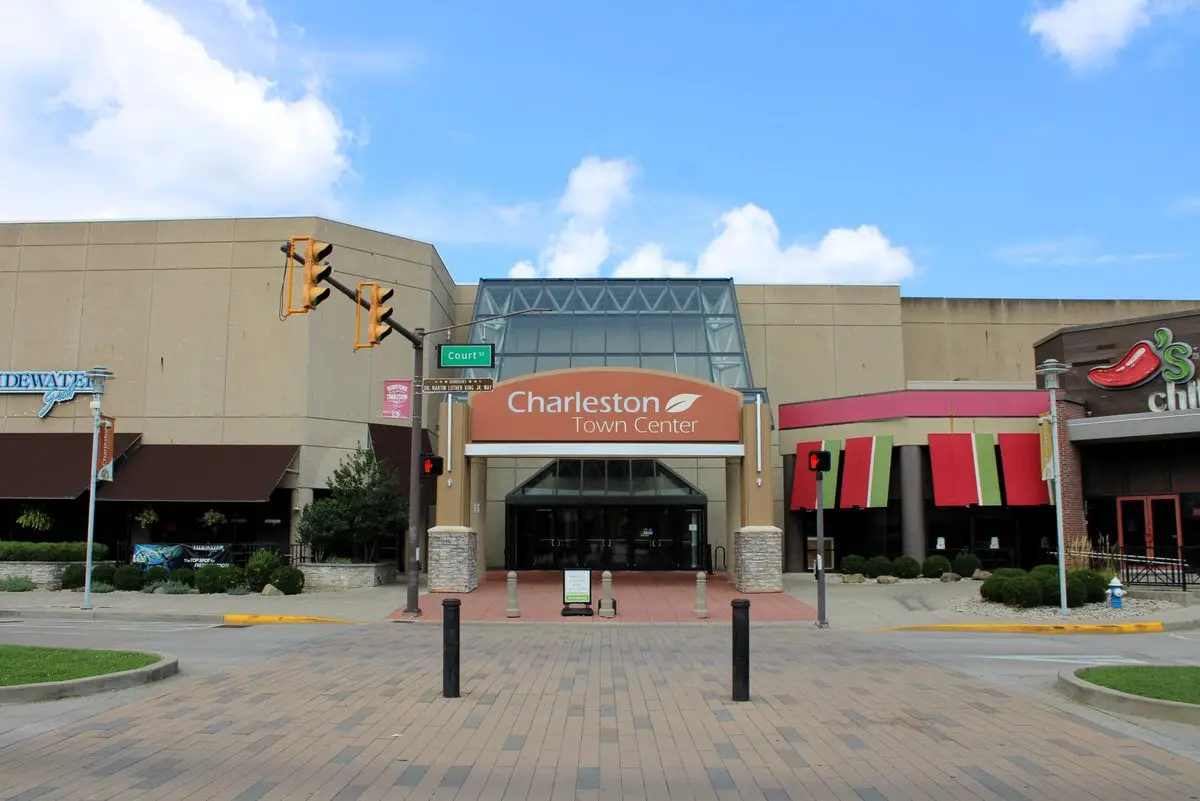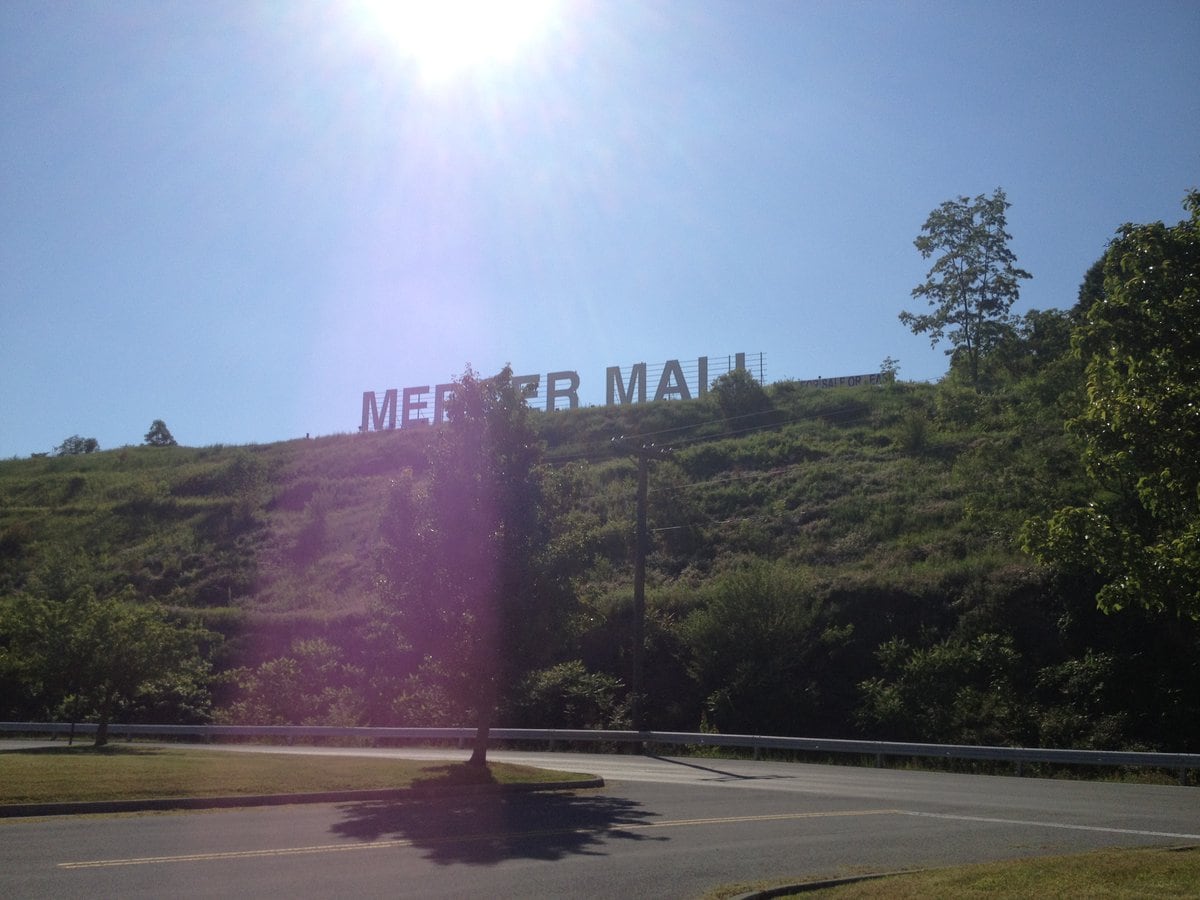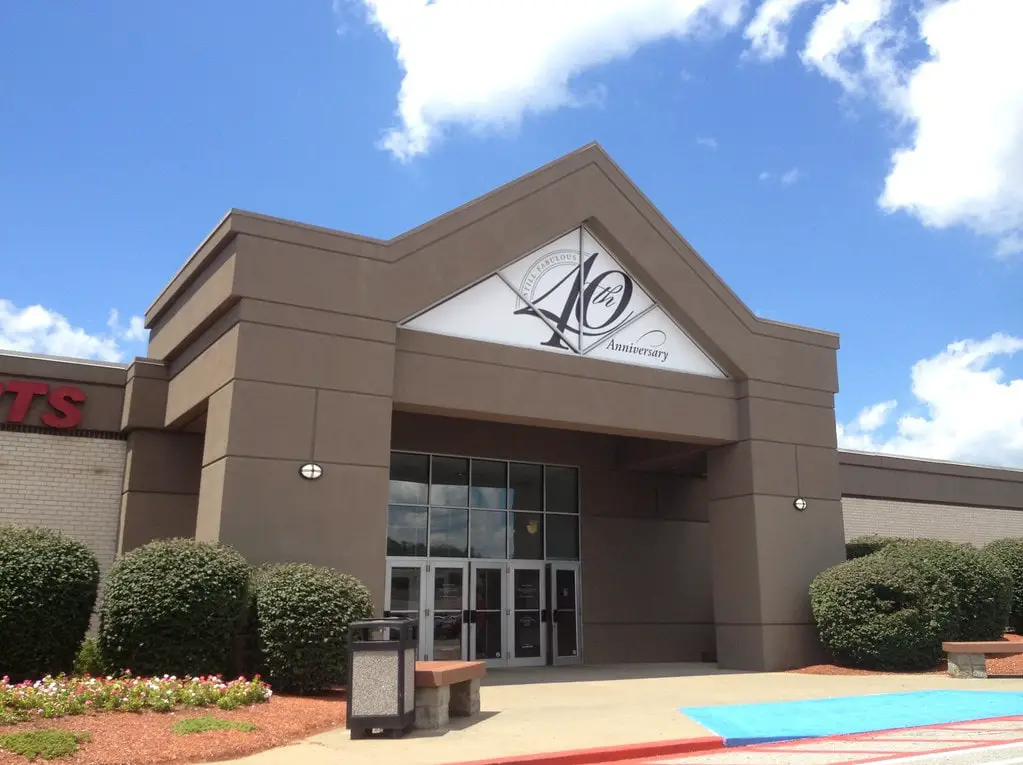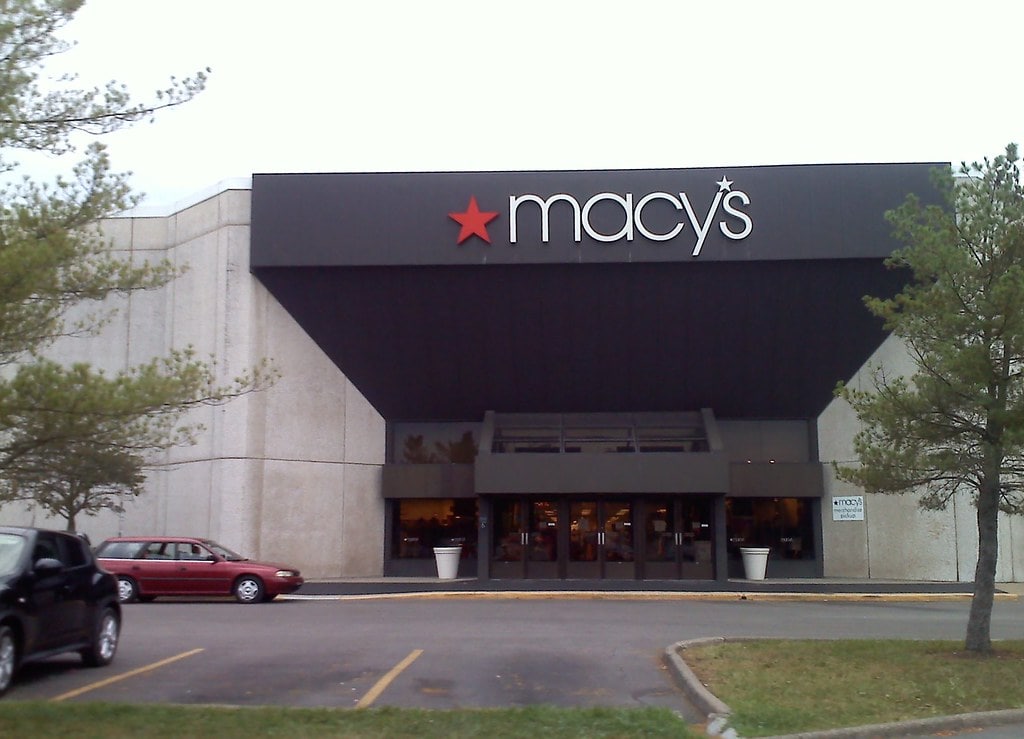Foundation and Early Days (1983-2000)
Charleston Town Center opened its doors in November 1983, marking a major shift for Charleston, West Virginia's downtown area.
Developed by Forest City Enterprises and the Cafaro Company, this enclosed shopping center became the largest mall of its kind located in a downtown district east of the Mississippi River at the time.
The mall was a game-changer for Charleston, offering more than just retail - it became a central hub for the city.
The mall initially opened with four anchor stores: JCPenney, Sears, Kaufmann's, and Montgomery Ward.
These major retailers were crucial to the mall's early success, drawing large crowds from Charleston and beyond.
As a bustling shopping destination, it housed over 130 tenants at its peak, providing everything from fashion to electronics.
The opening of the mall was a key moment for Forest City Enterprises, as they solidified their presence in West Virginia's retail sector.
For those seeking things to do in Charleston, WV, the mall was often a key destination during this era.
The combination of high-profile stores and its central location made it a cornerstone of commerce in Charleston throughout the 1980s and 1990s.
Stone & Thomas, a local department store, joined the mall shortly after it opened.
By the late 1990s, however, the retail landscape started to change. Elder-Beerman purchased the chain in 1998 and took over the Stone & Thomas location.
Unfortunately, both Elder-Beerman and Montgomery Ward closed in 2000, signaling the beginning of a more challenging period for the mall.
Renovation Plans and Failed Projects (2000-2010)
As the new millennium began, Charleston Town Center faced several hurdles.
In 2002, developers announced plans to breathe new life into the mall by bringing Dillard's into the space left vacant by Montgomery Ward's closure in 2001.
Dillard's, a major department store chain, had no locations in West Virginia at the time, and this could have been a fresh addition. However, the negotiations didn't go as planned.
Dillard's asked for a $1-a-year lease and $7.5 million in city loans, terms the city ultimately declined, leaving the Montgomery Ward space unused.
Despite this setback, other retail prospects surfaced over the decade. For instance, Books-A-Million considered taking over the vacant space in 2005, but the plans didn't materialize.
Olive Garden, which had been a mall staple since the 1980s, closed that same year, further highlighting the growing struggle to retain key tenants.
As larger retail chains left, the mall began adapting by converting unused retail space into offices.
In 2006, BrickStreet Insurance moved its offices into part of the Montgomery Ward location.
The food court, once a bustling area of the mall, also saw changes as part of it was repurposed for state government offices.
This shift from retail to office space marked a change in the mall's role within the community, as it now served more as a mixed-use facility.
By the late 2000s, further closures occurred. Steve & Barry's, a clothing chain, opened in 2002 but closed in 2008 due to bankruptcy.
The Disney Store, another popular retailer, also closed in 2009, signaling a deeper shift in the retail landscape.

Challenges and Financial Struggles (2010-2020)
The 2010s brought continued challenges for Charleston Town Center. While the mall remained open, the departure of anchor stores placed it in a vulnerable position.
Sears, one of the original anchor tenants, closed in 2017 as part of a national downsizing effort, leaving just JCPenney and Macy's as the remaining anchors.
Financial troubles for the mall surfaced more publicly in 2017. With declining revenue and occupancy, the property faced foreclosure, eventually entering receivership in January 2018.
CBRE Group was appointed as the receiver, tasked with stabilizing the mall's financial situation.
The following year, the mall was put up for auction, but only U.S. Bancorp, the bank holding the largest note, bid on the property, leaving ownership in the bank's hands.
Retail closures continued during this period. In 2019, Macy's closed its doors, leaving JCPenney as the only remaining anchor tenant.
The loss of such a major store further reduced foot traffic, contributing to an overall decline in mall activity.
Amid these difficulties, there were still plans for future development. In 2018, the mall announced that the former Sears space would be demolished to make way for a new Hilton-branded hotel.
The building was demolished in 2023, but this project has yet to be completed
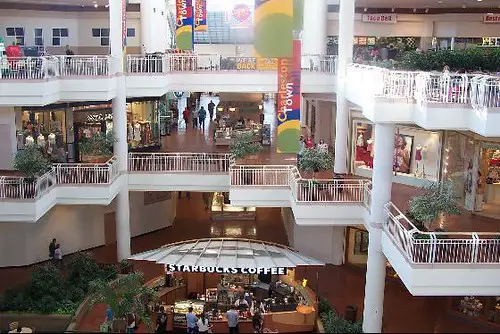
Current Ownership and Recent Developments (2021-2024)
In 2021, Hull Property Group took over ownership of Charleston Town Center, adding it to its portfolio of malls across multiple states.
Hull Property Group is known for acquiring distressed malls and focusing on community-based revitalization efforts.
Their approach has been to realign the tenant mix, often catering to local businesses rather than relying solely on national chains.
Since taking control, Hull Property Group has worked to stabilize the mall, but many challenges remain.
Foot traffic has continued to decline, and several retail spaces remain vacant.
In 2024, Charleston Town Center began its transformation with the development of the Capital Sports Complex.
The former Macy's building, vacant since 2019, was demolished in Spring 2024, clearing the way for this 196,000-square-foot facility.
Featuring eight basketball courts, six pickleball courts, a fitness center, and entertainment areas, it will cater to a wide range of visitors and sports enthusiasts.
The Capital Sports Complex is positioned as a key economic driver for Charleston, drawing inspiration from the successful Shawnee Sports Complex.
By hosting large-scale sporting events, the facility is expected to attract visitors from across the country, giving a boost to local businesses, hotels, and tourism in the area.
This project aims to revitalize the downtown economy by capitalizing on the booming sports tourism industry.
Although funding challenges remain - the total cost is estimated at $80 million - progress continues. Completion is expected by 2026.


